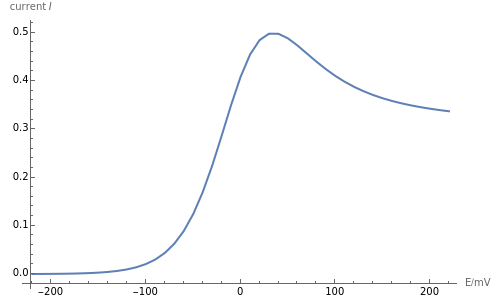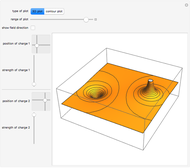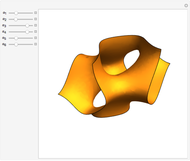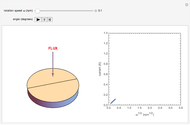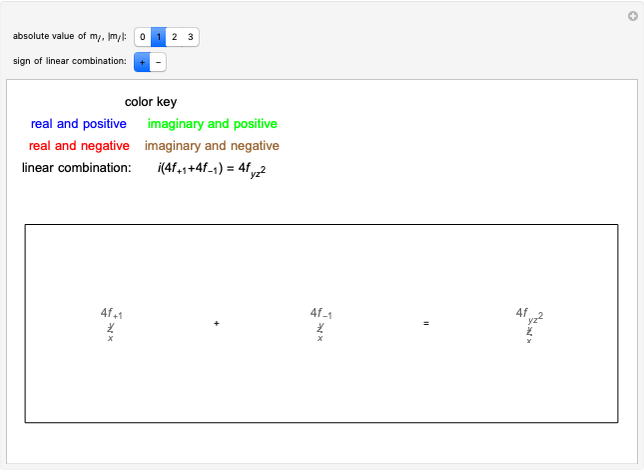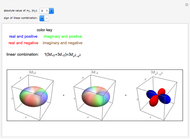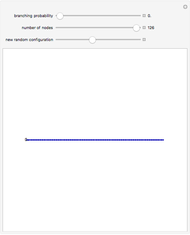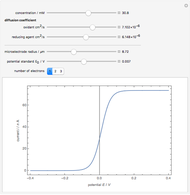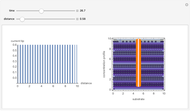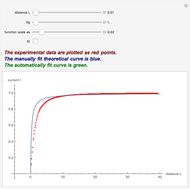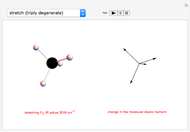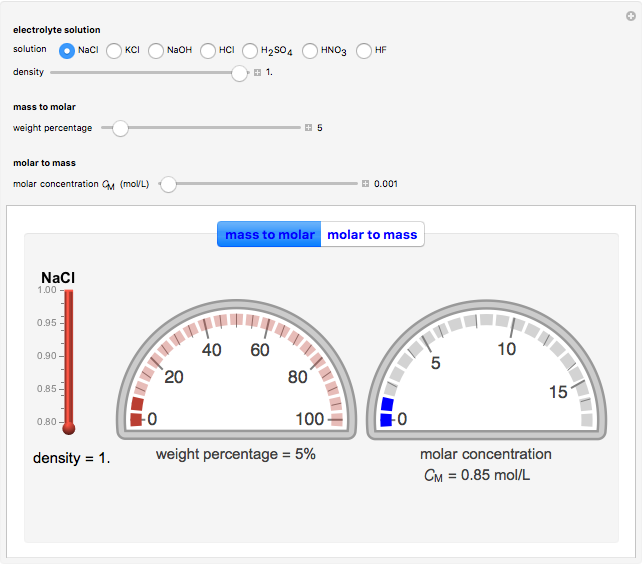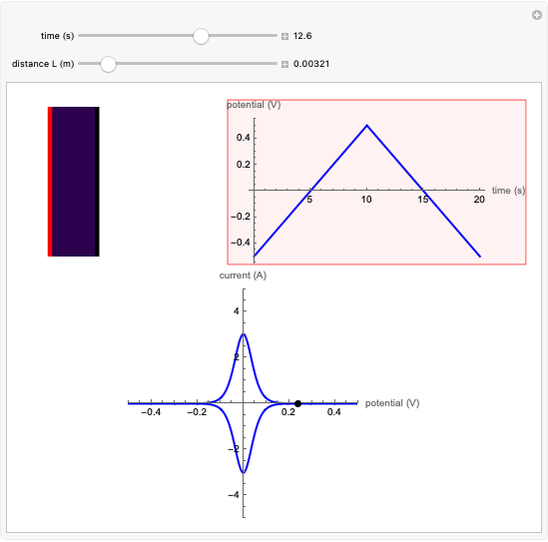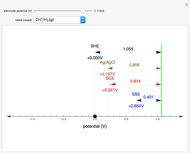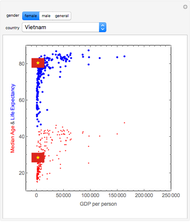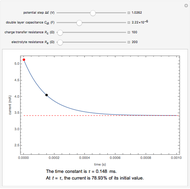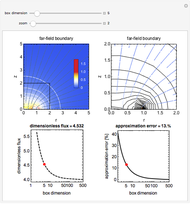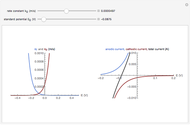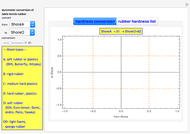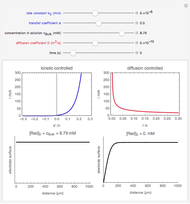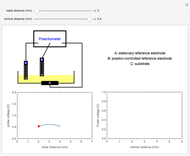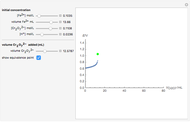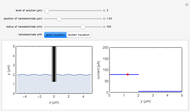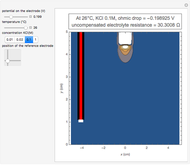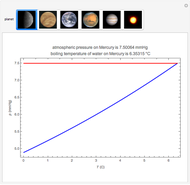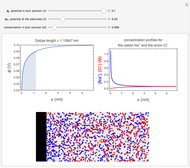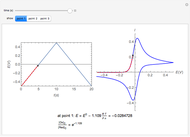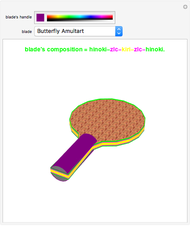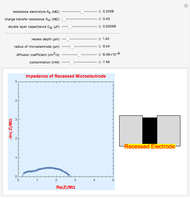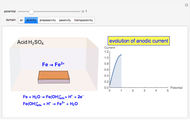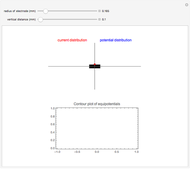Linear Sweep Voltammetry: Infinite Series Approximation

Requires a Wolfram Notebook System
Interact on desktop, mobile and cloud with the free Wolfram Player or other Wolfram Language products.
The solution of a current-potential curve in linear sweep voltammetry (LSV) can be expressed as an infinite series. Linear sweep voltammetry is a method in which the current at a working electrode is measured while the potential between the working electrode and a reference electrode is swept linearly in time.
Contributed by: Quang-Dao Trinh (March 2011)
Open content licensed under CC BY-NC-SA
Snapshots
Details
At the working electrode, a catalytic reaction with reversible charge transfer occurs:
 ,
,
 (rate constant
(rate constant  ).
).
When  , there is no catalytic reaction and this case becomes a simple reversible electrochemical reaction:
, there is no catalytic reaction and this case becomes a simple reversible electrochemical reaction:  .
.
The current-potential relation is solved from the Butler–Volmer equation and diffusion equation. The analytical solution in infinite series [1] was calculated using Mathematica's LerchPhi function.
[1] J. Mocak and A. M. Bond, "Use of Mathematica software for Theoretical Analysis of Linear Sweep Voltammograms," Journal of Electroanalytical Chemistry 561, 2004 pp. 191–202.
Permanent Citation
